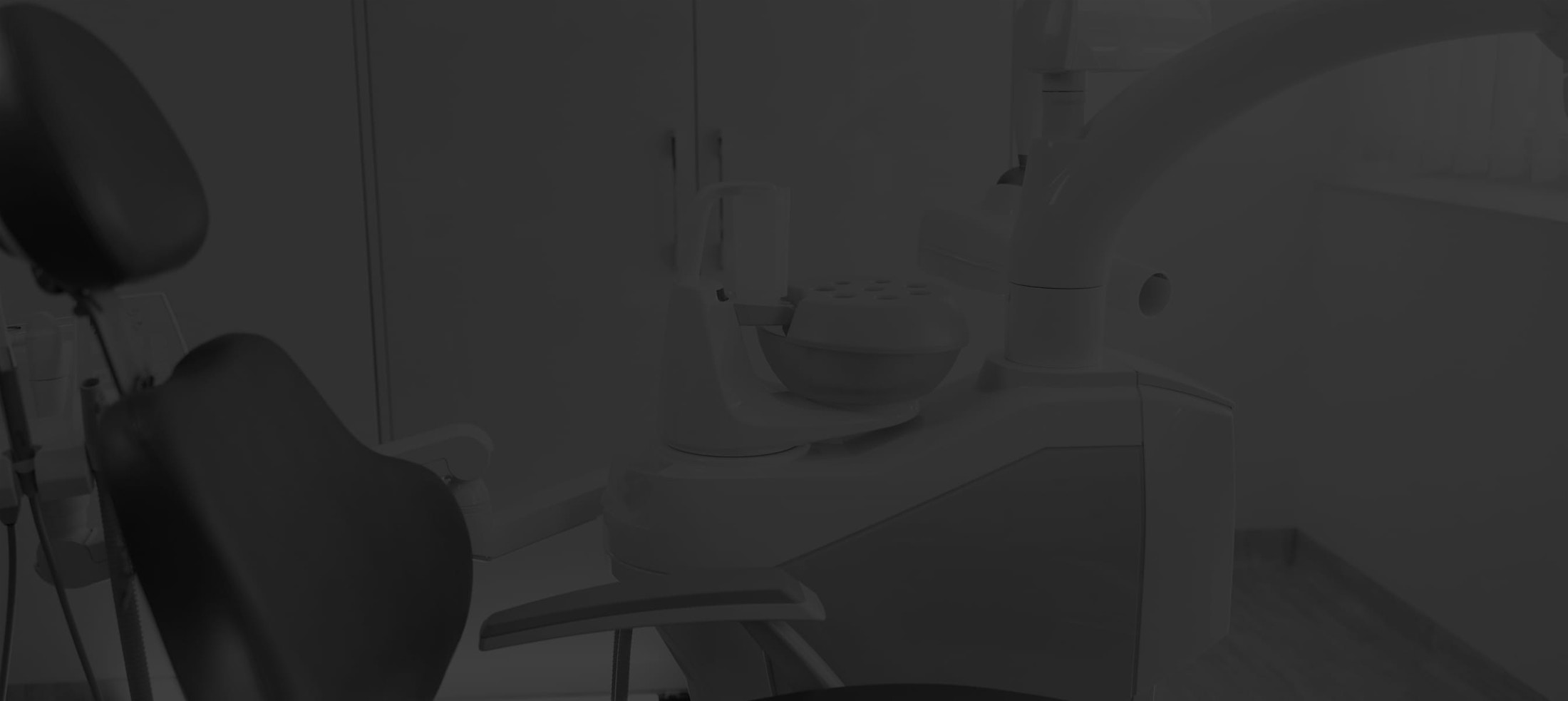Sleep apnea is a sleep disorder where patients repeatedly stop breathing for short periods, usually 10 to 30 seconds.
Symptoms Of Sleep Apnea
What are some sleep apnea symptoms? Some sleep apnea symptoms are dry mouth, excessive daytime sleepiness, loud snoring, and sore throat. Many of the significant sleep apnea symptoms occur because sleep apnea patients don’t get restful sleep. They experience sleep deprivation even if they’re in bed for 8 hours or more each night because their sleep is disrupted when they stop breathing.
These patients can’t breathe in the oxygen their bodies need and breathe out carbon dioxide. The result is hypoxemia, or low blood oxygen levels, which can turn into hypoxia, or low oxygen levels in tissue if the patient doesn’t start to breathe normally again. In addition to the symptoms listed above, signs of sleep apnea include:
- Frequent nighttime awakenings
- Morning headaches
- Difficulty concentrating throughout the day
- Poor mood and emotional regulation
- Inability to concentrate
Symptoms Of Obstructive Sleep Apnea
Obstructive sleep apnea is the most common type of sleep apnea. Common symptoms of obstructive sleep apnea are:
- Loud snoring, mainly if it’s loud enough to wake your bed partner
- Tooth grinding (bruxism)
- Sleeping with the mouth open
- Periods of no breathing during sleep
- Waking up gasping for air or choking
Children can also develop obstructive sleep apnea. Children’s sleep apnea is often mistaken for ADHD because sleep deprivation manifests itself with the same significant symptoms as ADHD: inattention, trouble focusing, poor emotional regulation, and other mood problems.
Symptoms Of Central Sleep Apnea
Central sleep apnea is another primary type of sleep apnea. Unique symptoms of central sleep apnea are:
- Periods of time during sleep when the patient stops breathing
- Shallow breathing, particularly during sleep
- Waking up feeling short of breath How would I know if I had sleep apnea? You would know if you had sleep apnea if you felt excessively tired every day and experienced other symptoms of sleep deprivation, snored very loudly, frequently breathed through your mouth, and experienced other sleep apnea symptoms.
Is it dangerous to not treat sleep apnea? Yes, it is dangerous to not treat sleep apnea because untreated sleep apnea can lead to serious chronic illnesses like type 2 diabetes, heart disease, or even a heart attack. Sleep apnea is a serious medical condition that requires prompt treatment.






